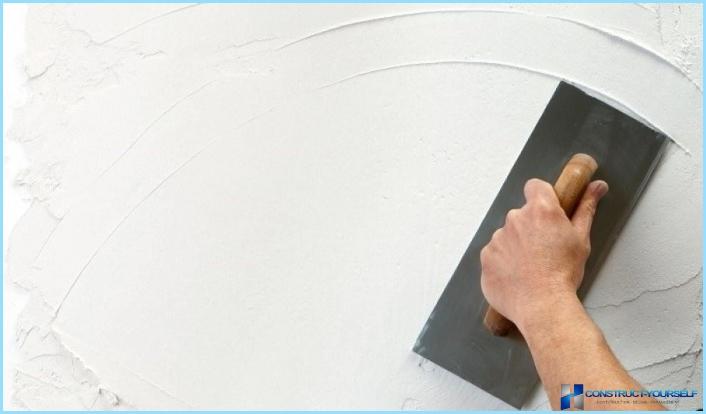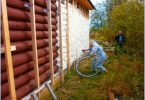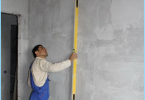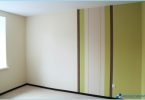When you create a solution for the walls, there are many questions about the proportions and components. In addition, there are a number of special additives like clay or lime, which can give the additional properties. It is not surprising that the most novice of builders before you make the plaster walls, thinking what solution to choose.
What is plaster ↑
Of particular importance in the selection of the solution plays the type of work and conditions. So before you choose a composition, let us examine what the plaster. In fact it is the lining material, which not only allows you to align the walls, but also gives them a number of additional qualities like thermal insulation.
Plaster is used not only for walls but for ceilings. Its composition can be quite varied, but three main components remain unchanged:
- binder,
- filler,
- water.
The proper selection of the proportions for each of them depend the performance of the mixture.
What are the solutions ↑
In most cases, the plaster walls, the professionals advise to choose one of the following solutions:
- lime,
- clay mixture,
- lime-clay solution,
- gypsum + lime,
- lime-cement composition,
- ordinary cement mortar for walls with sand.
Only you can determine what part to choose. But that the choice was right, you must know additional properties which give the components. For example, the lime gives the viscosity. Moreover, it can be slaked or quicklime, and also differ in color and faction.
Characteristics of different blends ↑
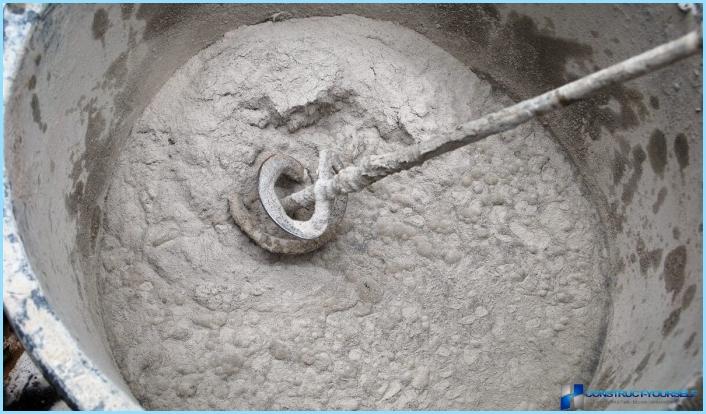
The main drawback of lime as a binder for mortar is a low strength. Moreover, this composition dries long. So before you choose to plaster the walls, think carefully if it fits.
Quite often when creating solutions, use the alabaster, or gypsum. It is worth noting a number of advantages of this sweep for plaster walls:
- strength,
- immunity to water,
- high speed solidification.
This composition is best to choose when you want to spend a small amount of work. For example, if in the wall there was a dent and needed to quickly cover up — alabaster fit perfectly.
Quite often, the alabaster chosen as filler for mortar of lime. As the result obtained from mixing the composition solidifies very quickly. It is not surprising that this blend is used very often.
Cement has a high strength, so it is used when you need to choose a good composition for plastering walls. It is highly resistant to various weather events. Contact with water does not affect him. Moreover, the cement can withstand large mechanical loads.
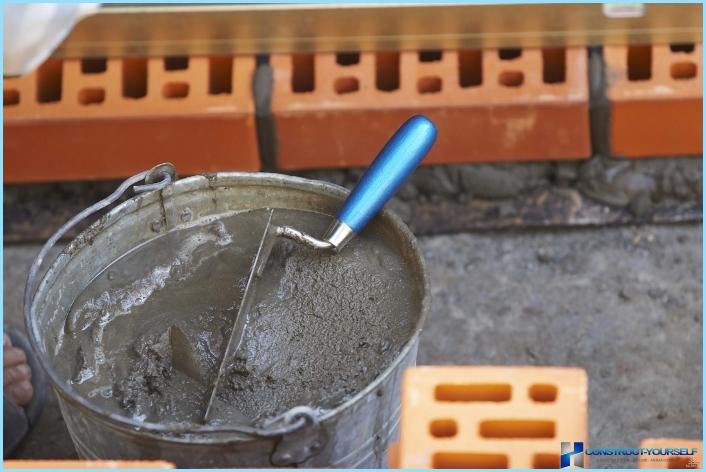
Plaster-based cement-sand mortar is the best to choose when it comes to the external walls. Also refers to areas where there is high humidity.
Clay needed when the substance necessary to give additional strength. For example, if you need to make an oven and plastered it — the best variant not to find. The fact that this mixture during roasting becomes very strong.
The sand in the plaster plays a role of filler. However, you have the opportunity to choose from a variety of types. The main thing is to rely on the solution composition. However, the most effective is the sand from the banks of rivers. Before you can add it to the structure, you need to do the sifting.
Comparison of gypsum, lime and cement mix ↑
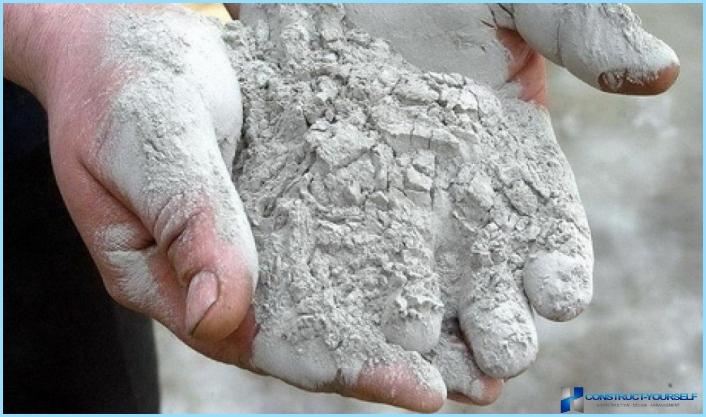
To choose the best solution for stucco it is necessary to compare the basic composition of these characteristics:
- Vapour resistance. The plaster mixture has a figure of the order of 1.12 mg/MCPA, cement-sand is 0.9, lime — 0,11. In fact, the compositions are equal. Therefore, when you use one of them as the plaster can not be afraid of what’s inside will accumulate moisture.
- Price. This parameter is of great importance when you need to choose the solution for plaster walls. But we can not do a simple calculation. The fact that the different mixtures is very different. Moreover, even their weight is different. But if you take the average, then the cost will be about the same.
- The solidification time is. Cement mortar for plaster walls harden within two hours, a plaster and a half. So if you are in a hurry it is better to choose the second option.
- Conditions. The cement hardens equally well in almost any environment. What can be said about lime and gypsum. So if you have to work in extreme conditions, it is best to choose it.
- Heat. This is one of the most important parameters, if you need to choose the solution for plaster walls. The best indicators in the cement mixture. In turn, the effectiveness of gypsum plaster is under serious doubt.
These are the basic parameters by which it is advisable to compare before you choose an agent for plaster. However, each type of makeup has its own unique properties that you need to tell.
For example, if you decide to choose gypsum plaster, it will be possible to do without filler. In many cases it is enough with a spatula to get rid of lumpy.
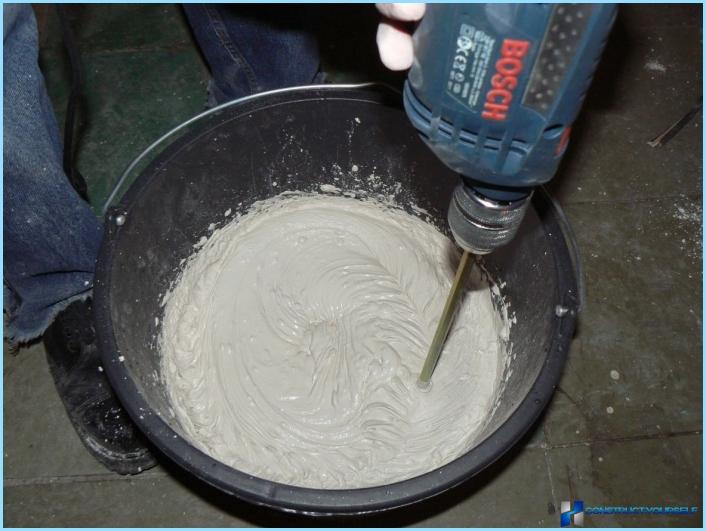
If you decide to choose a plaster mix, then keep in mind that not all compositions of this kind have good resistance to water. Therefore, in rooms with high humidity it is better to use cement composition.
Many professional builders decide to choose a cement-lime mortar, not only because of high heat capacity, but also due to the bactericidal qualities. Moreover, the composition acquires a high elasticity. As a result, the probability of appearance of cracks in plaster reduced in many times.
The unique qualities of cement-lime mortar was used in both external and internal plaster of the walls. Especially often choose it when you need to make the facade.
Clay is now virtually ceased to choose as solution for plaster. But it is not in its poor binding qualities, and that it is used when you need to hold the veneer wood or stone.
Ready mix ↑
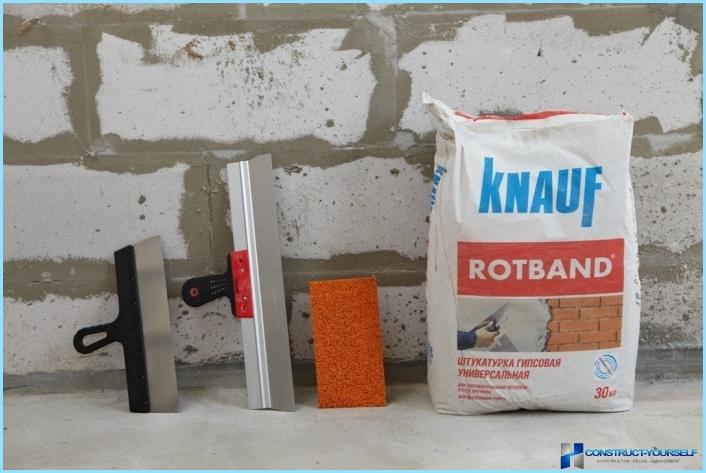
The mortar for plastering can be done with your own hands and buy the ready mix. Van only need to add water to get ready for applying the substance. Not surprisingly, most novice builders prefer to choose this option.
Ready mix for walls allows to avoid mistakes when mixing the components. You will never mess up with proportions due to ignorance of the characteristics of a particular brand of cement for plaster mortar walls. So if you don’t have extensive construction experience it is best to choose a ready mix for finish.
As an example ready substance for the walls, consider KNAUF?Rotband. Production material deals with one of the most respected construction brands. So the price per bag is appropriate. Now you can find bags with such a weight:
- 5 kg,
- Ten,
- Twenty five,
- Thirty.
The selection is quite large, so you can pick the packaging that is ideal for your needs. This substance for the treatment of walls is done in Germany. Moreover, the company is improving its product over the past 50 years. It is not surprising that KNAUF?Rotband is well known all over the world.
The company has other substances on the basis of gypsum. But their density is too large to cause the materials at the ceiling. Therefore, most builders prefer KNAUF?Rotband.
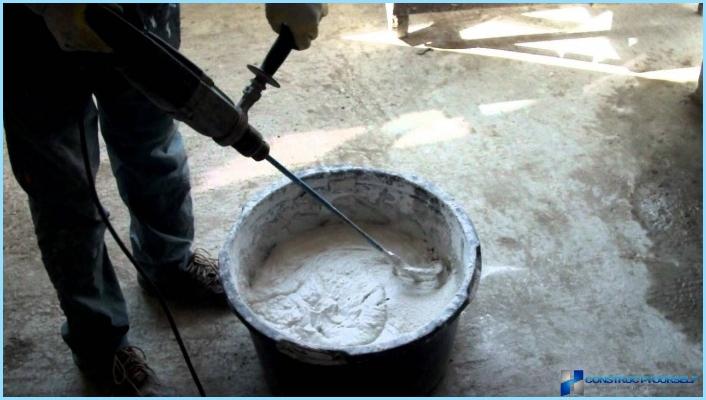
The substance has the following characteristics:
- Provided that the thickness of the layer is one centimeter, the flow rate of the substance per square meter will amount to eight and a half pounds.
- The maximum thickness is five inches. The only exception is the ceiling. It can not apply plaster more than 1.5 cm.
- Professional builders don’t make the layer of KNAUF?Rotband thinner than half a centimeter.
- For seven days the substance hardens. But this time period depends on humidity.
- The tool is ideal for walls of different material. Most often it is used when you need to plastered walls or ceilings of concrete, brick or polystyrene.
- KNAUF?Rotband is great for applying on the smooth surface. At the same time, the material is not very good shows itself in the sealing of joints on drywall.
- Use of the substance is allowed in rooms with normal humidity and in bathrooms or kitchens.
- The color of the substance varies in a fairly wide range. You can choose white, grey or even pink. On the performance is not affected.
- KNAUF?Rotband can be stored for more than 6 months.
These are the main technical characteristics of substances, which largely determine the features of its operation. Ready solution allows you to not do the finish plaster walls. The main advantage of KNAUF?Rotband is the absence of seams on the walls, even when applied in a thick layer of plaster.
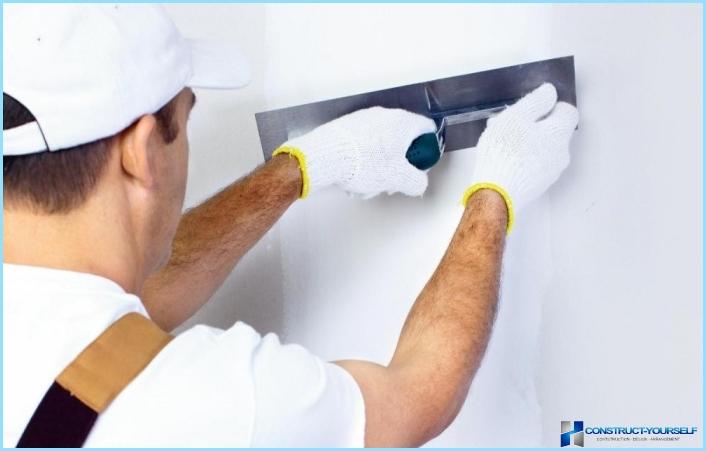
The results ↑
To choose the right solution for plaster walls quite simple if you know the original settings. In turn, special additives like lime or clay can give the substance additional properties.

